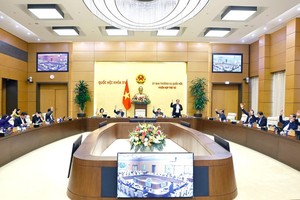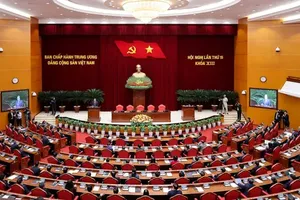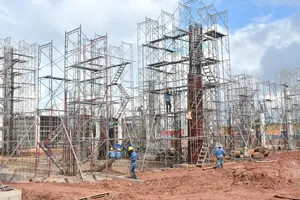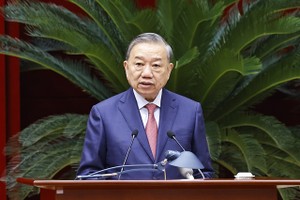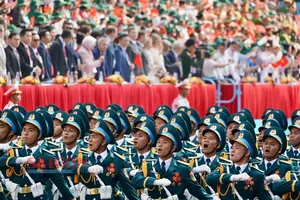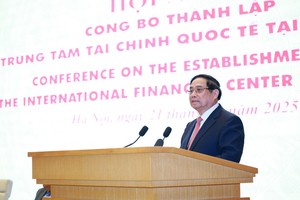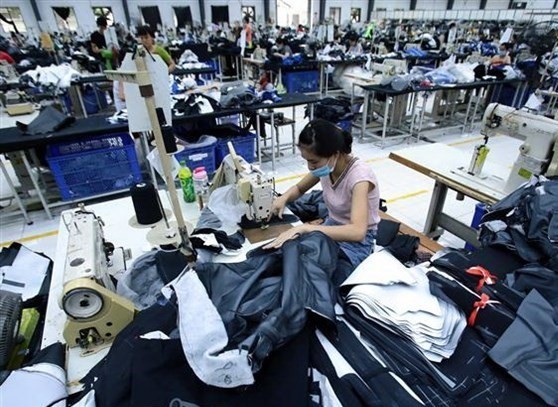
The Comprehensive and Progressive Agreement for Trans-Pacific Partnership (CPTPP) takes effect in Vietnam today. The impact of the CPTPP on the economy depends greatly on the country’s ability to obtain opportunities and overcome challenges.
The Vietnam’s National Assembly passed a resolution approving the deal and related documents on November 12, 2018.
With comprehensive commitments, high standards and balances, the CPTPP will help strengthen mutually beneficial links among member economies and boost trade, investment and economic growth in Asia Pacific.
According to calculations by the National Centre for Socio-Economic Information and Forecasting under the Ministry of Planning and Investment, the CPTPP would boost Vietnam’s GDP by US$1.7 billion and exports by more than $4 billion by 2035, up 1.32 percent and 4.04 percent respectively.
The agreement will open new opportunities for trade and create more motivation for Vietnam to reform its economic institutions and business environment.
The 11-member CPTPP officially came into force on December 30, 2018. The trade deal was signed by Australia, Brunei, Canada, Chile, Japan, Malaysia, Mexico, New Zealand, Peru, Singapore and Vietnam in Santiago in March 2018.
The agreement will create a huge free economic sector, with a market size of about 500 million people and a combined GDP of more than US$13.5 trillion that accounts for 13 percent of global GDP. The CPTPP has agreed on investment and service regulations for many areas, gradually abolishing 98 percent of tariffs on agricultural and industrial products, easing investment regulations and enhancing protection of intellectual property.
In order to help Vietnamese businesses to understand the commitments of the CPTPP, the Ministry of Industry and Trade has co-operated with the Embassy of Australia in Vietnam and the World Bank to build an e-commerce portal to introduce free trade agreements that Vietnam is participating in (including CPTPP) with search tools specific for commitments and regulations in each sector and industry for each partner participating in the agreement.
The portal is expected to be introduced soon and officially operated on the Ministry of Industry and Trade’s website.



